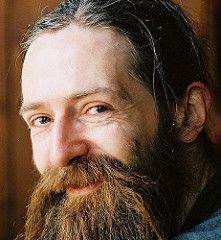Jun 7, 2010
Cell Phones in Timbuktu
Posted by Oliver Starr in categories: economics, finance, geopolitics, human trajectories
 It’s easy to think of people from the underdeveloped world as quite different from ourselves. After all, there’s little to convince us otherwise. National Geographic Specials, video clips on the Nightly News, photos in every major newspaper – all depicting a culture and lifestyle that’s hard for us to imagine let alone relate to. Yes – they seem very different; or perhaps not. Consider this story related to me by a friend.
It’s easy to think of people from the underdeveloped world as quite different from ourselves. After all, there’s little to convince us otherwise. National Geographic Specials, video clips on the Nightly News, photos in every major newspaper – all depicting a culture and lifestyle that’s hard for us to imagine let alone relate to. Yes – they seem very different; or perhaps not. Consider this story related to me by a friend.
Ray was a pioneer in software. He sold his company some time ago for a considerable amount of money. After this – during his quasi-retirement he got involved in coordinating medical relief missions to some of the most impoverished places on the planet, places such as Timbuktu in Africa.
The missions were simple – come to a place like Timbuktu and set up medical clinics, provide basic medicines and health care training and generally try and improve the health prospects of native peoples wherever he went.
Upon arriving in Timbuktu, Ray observed that their system of commerce was incredibly simple. Basically they had two items that were in commerce – goats and charcoal.

 The summer 2010 “
The summer 2010 “ Also speaking at the H+ Summit @ Harvard is
Also speaking at the H+ Summit @ Harvard is 







